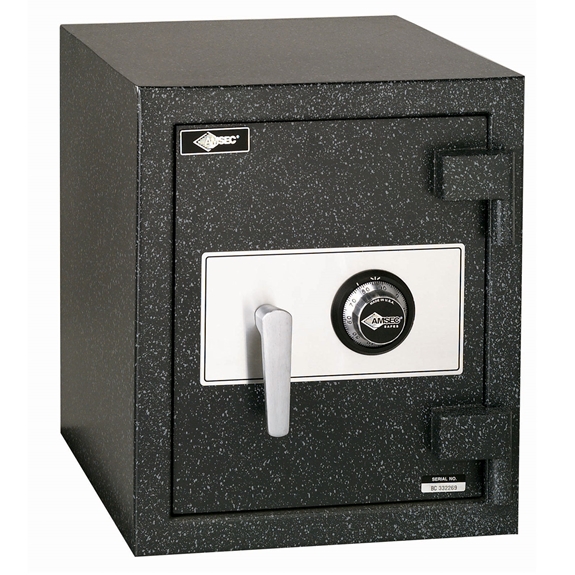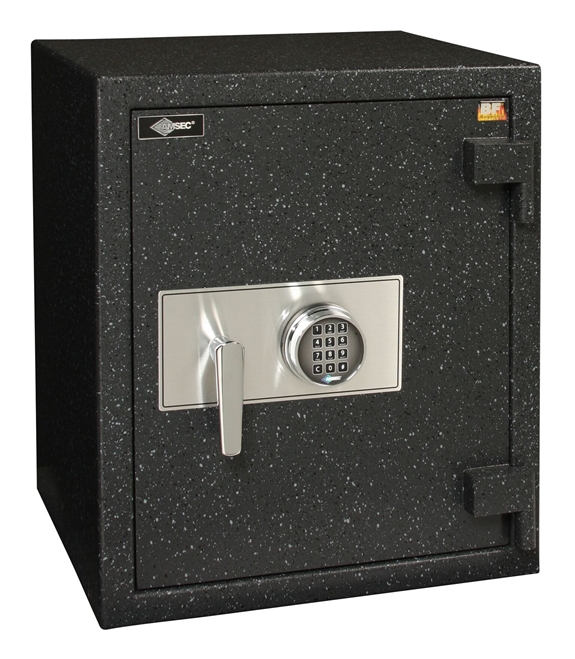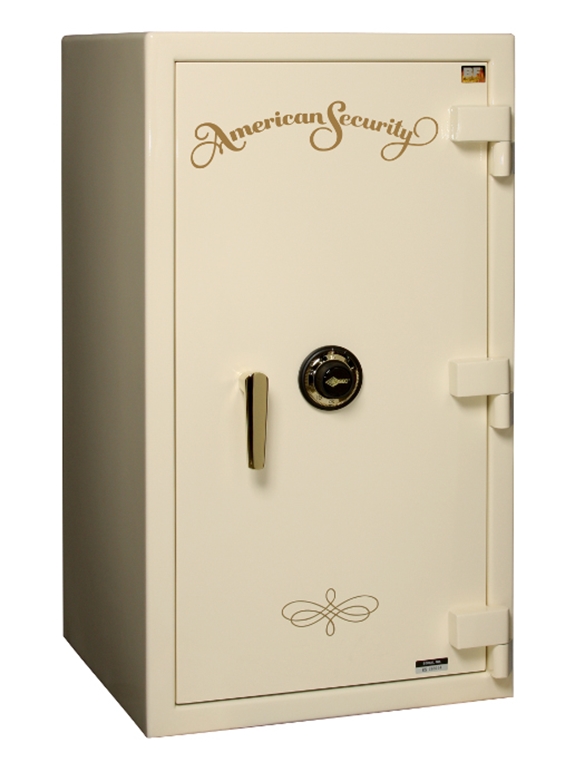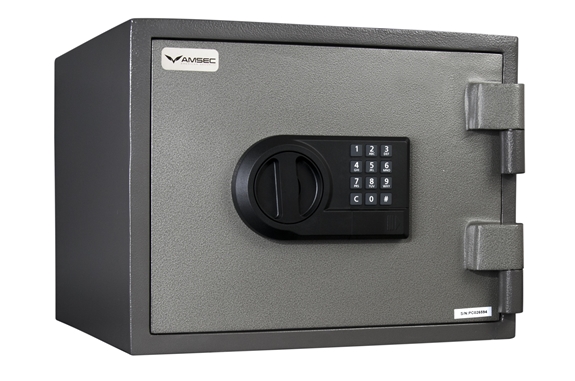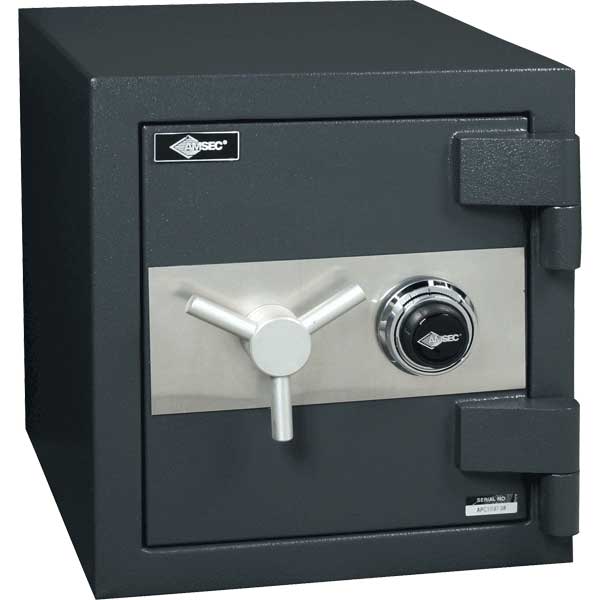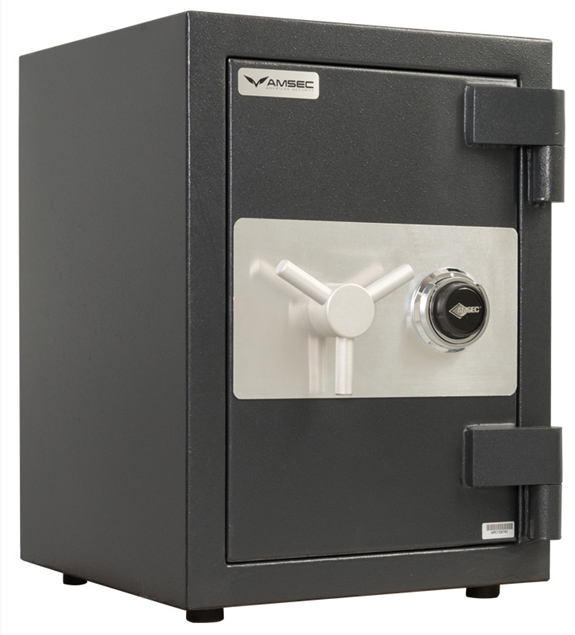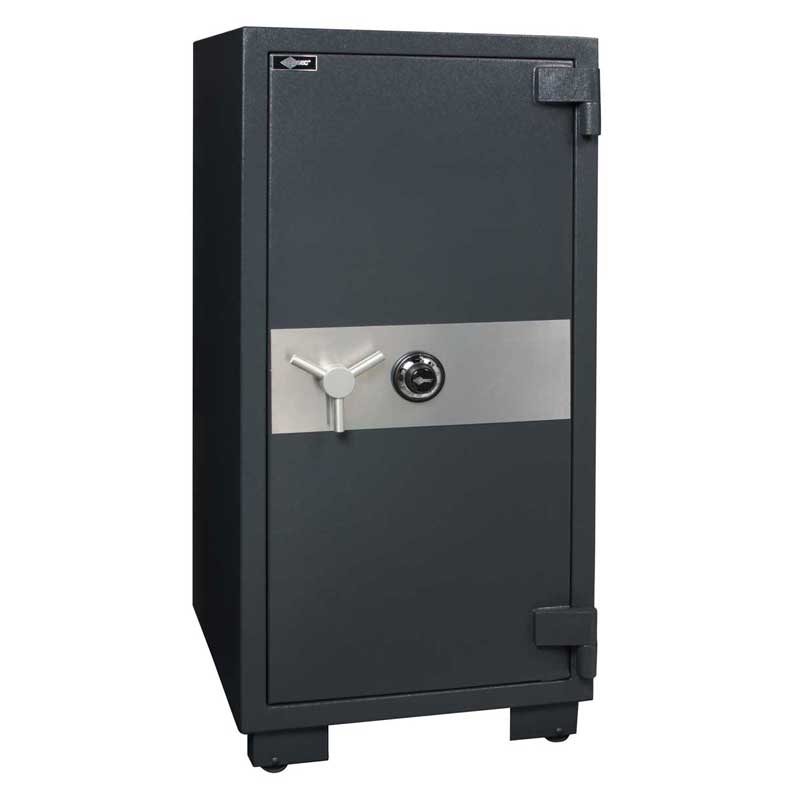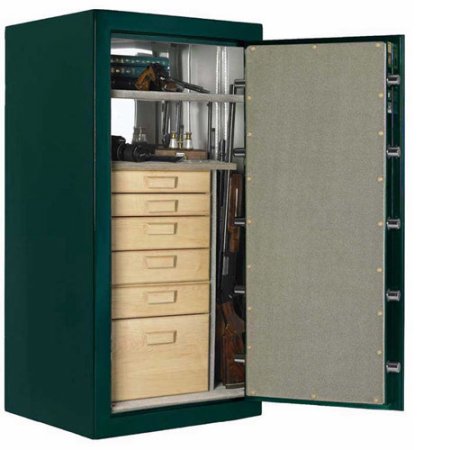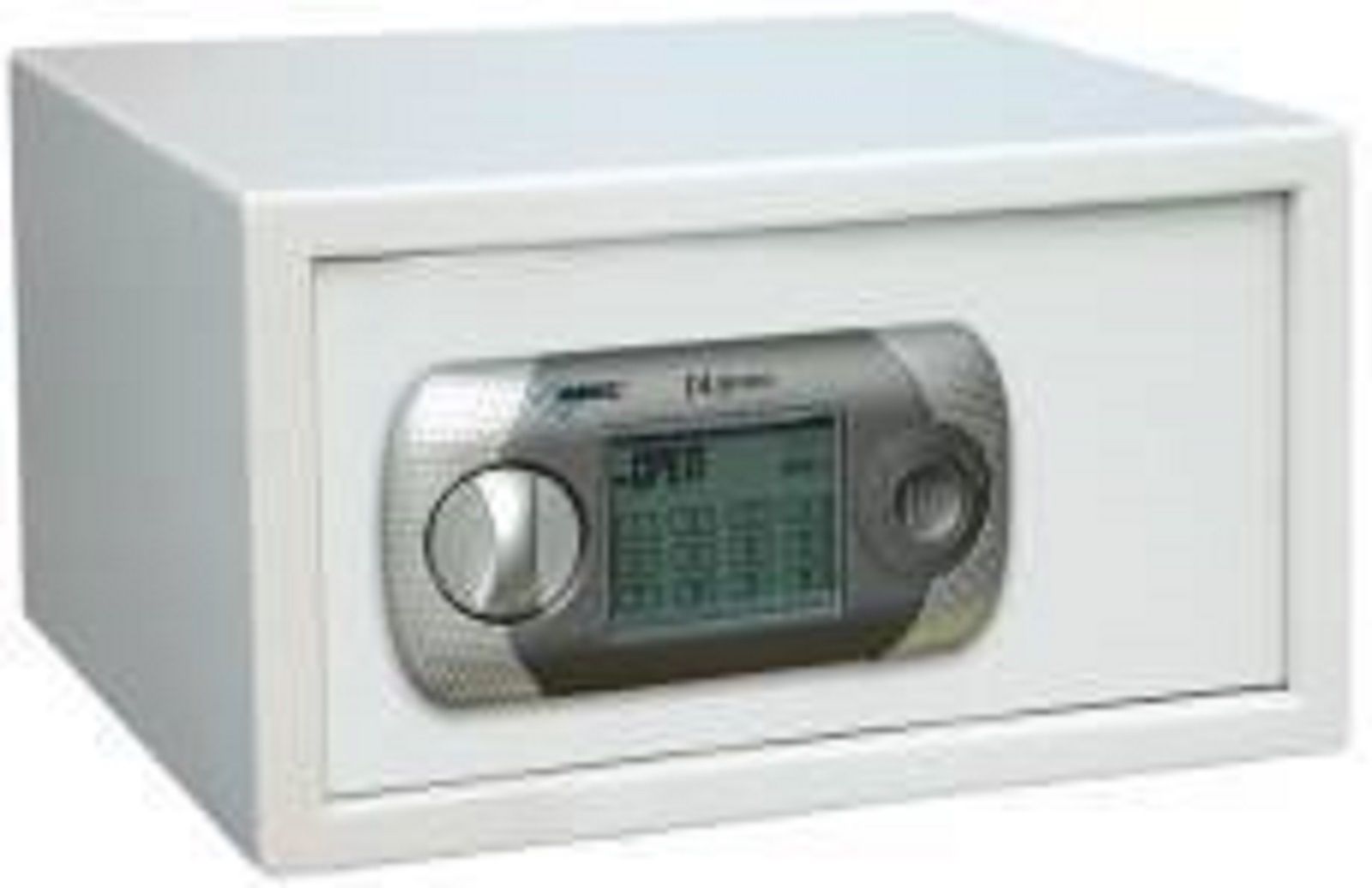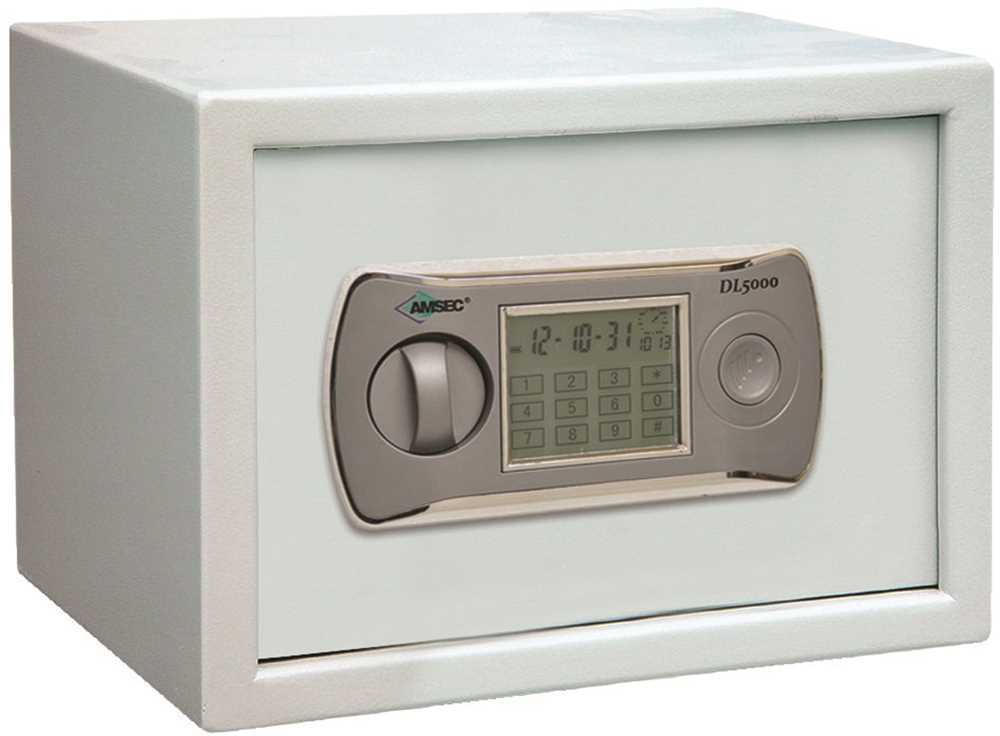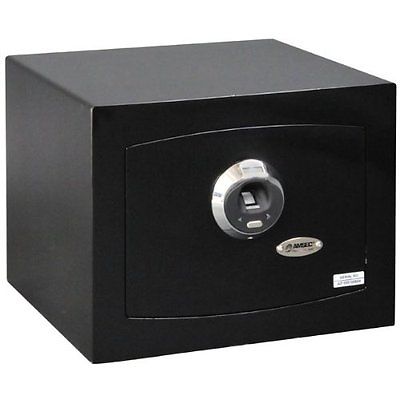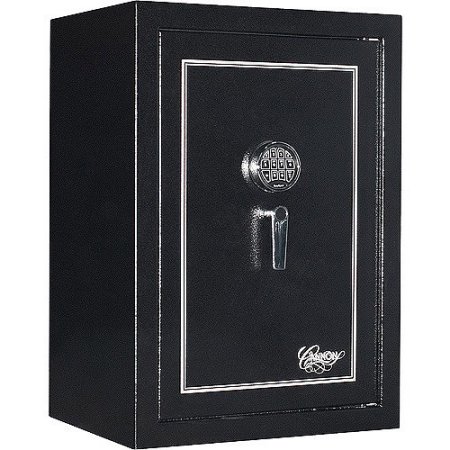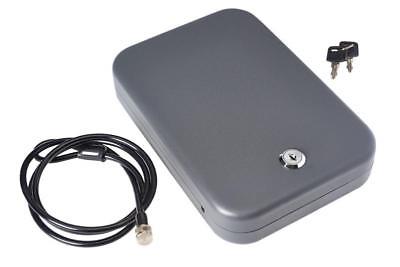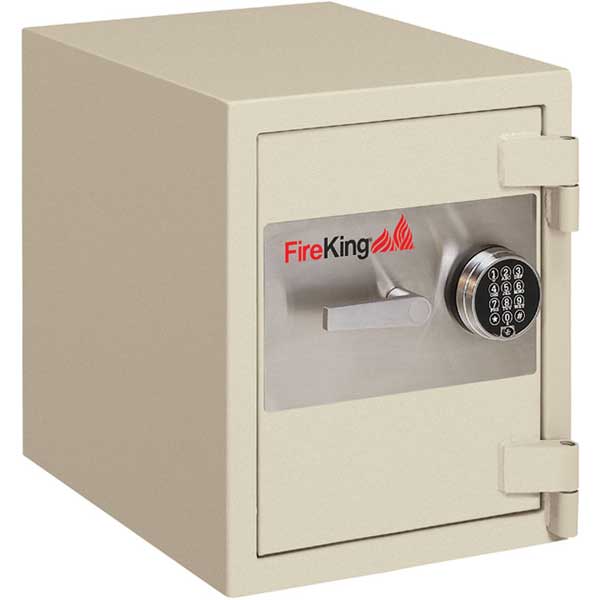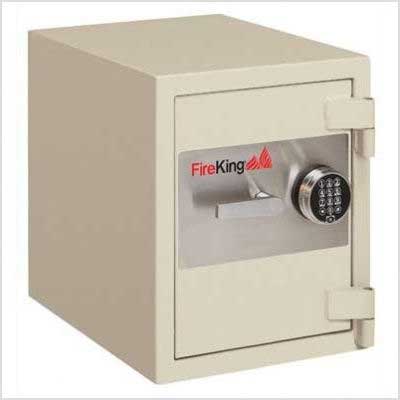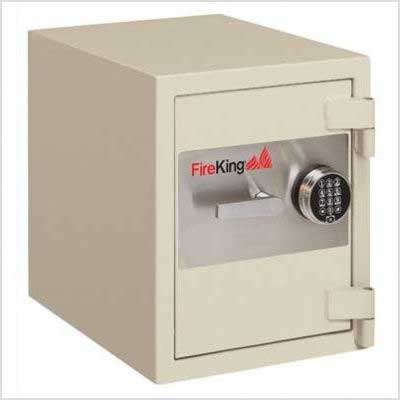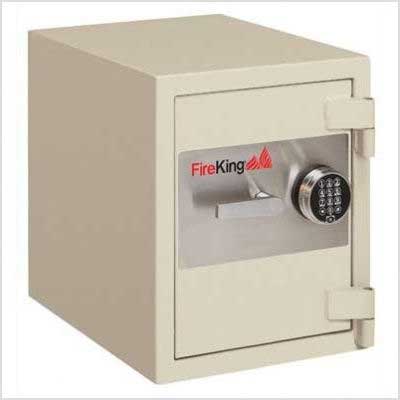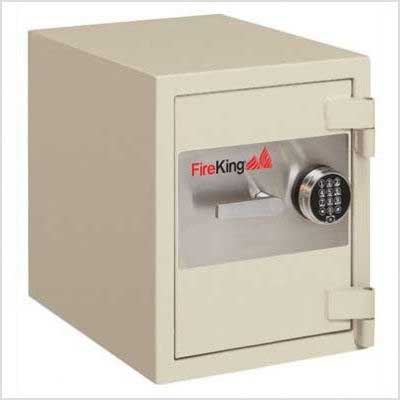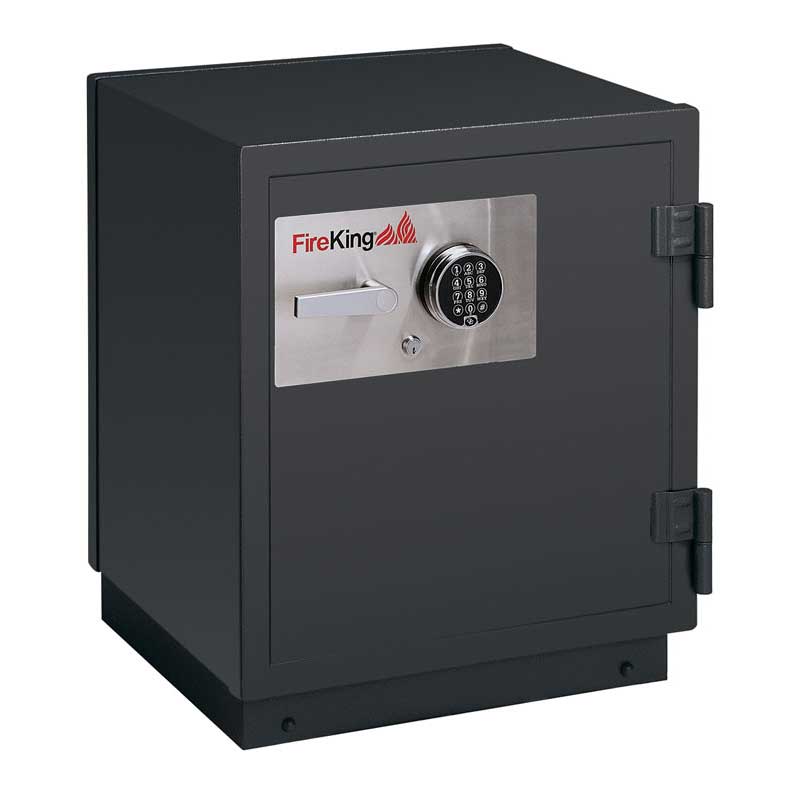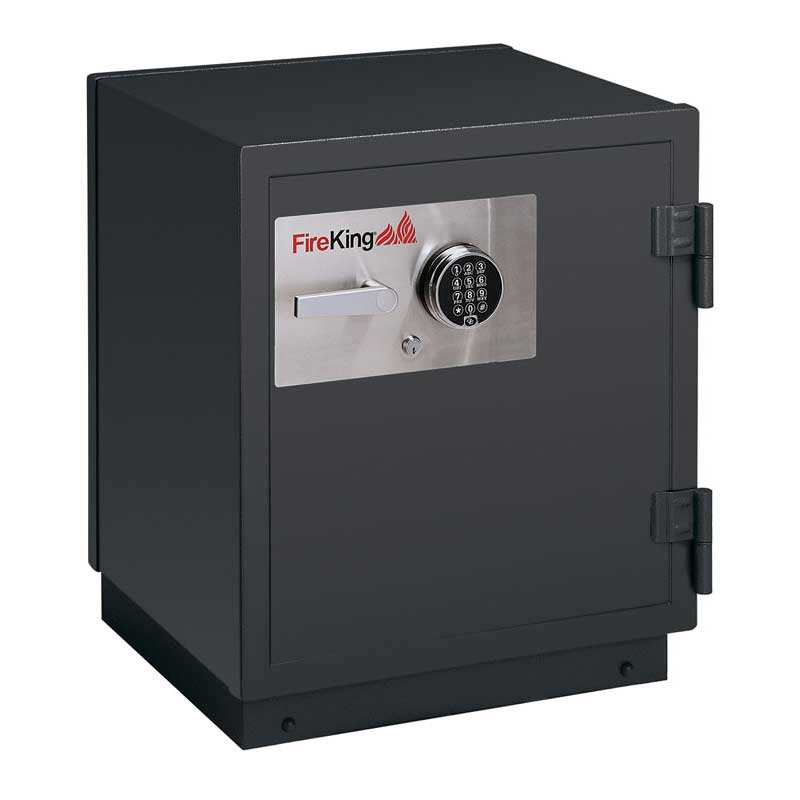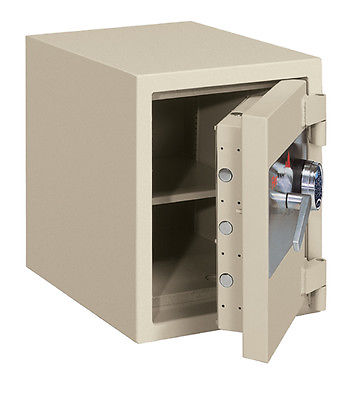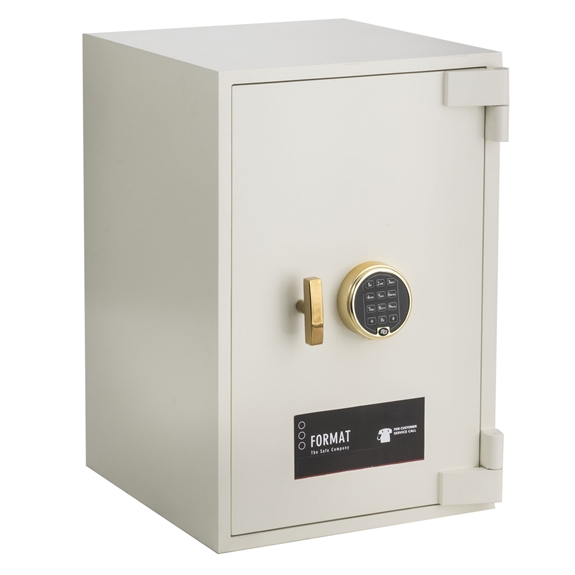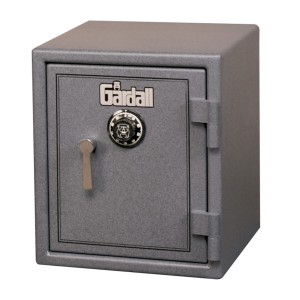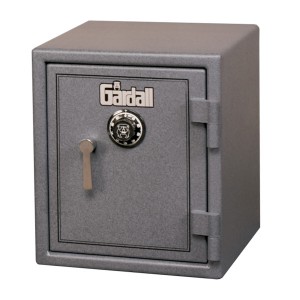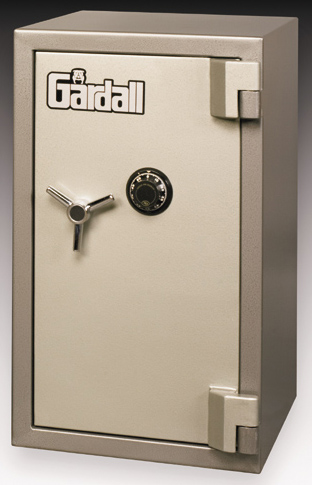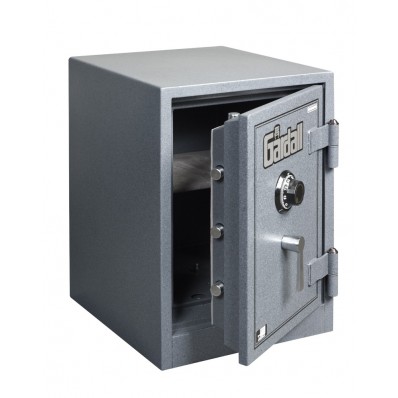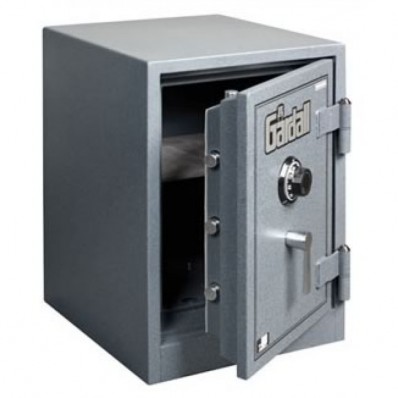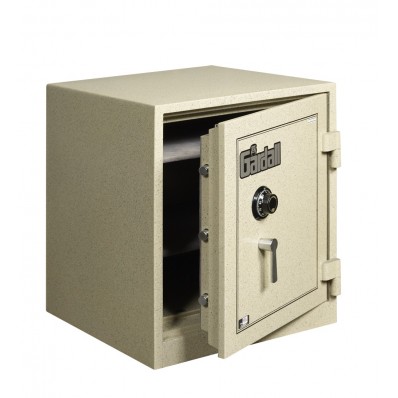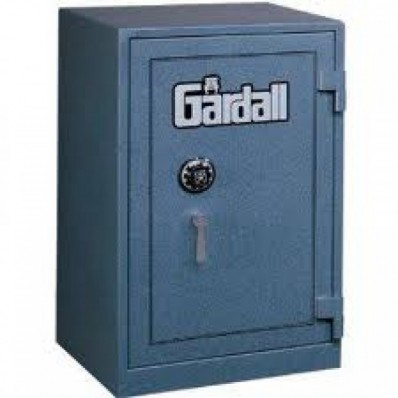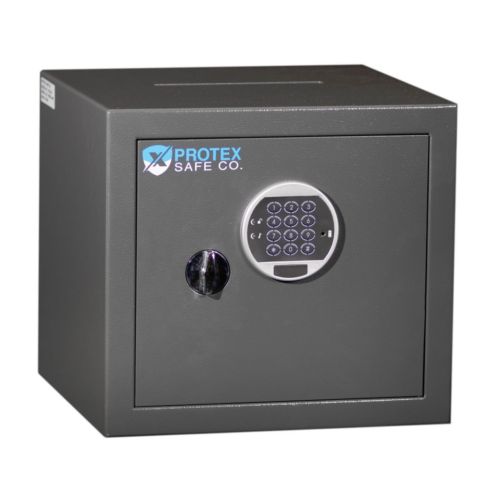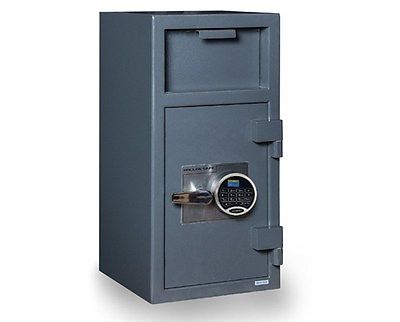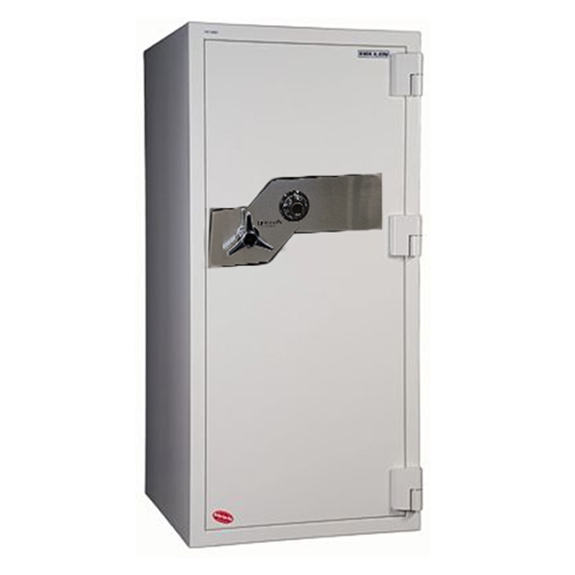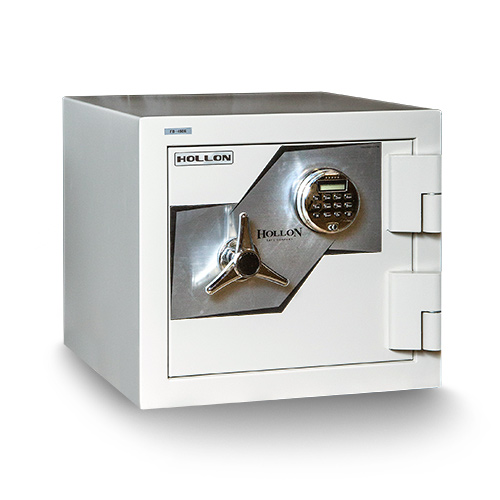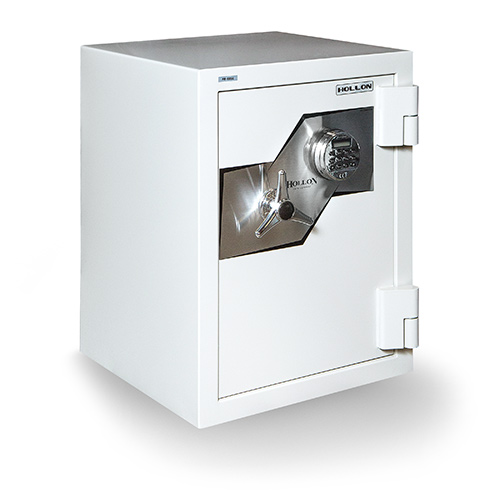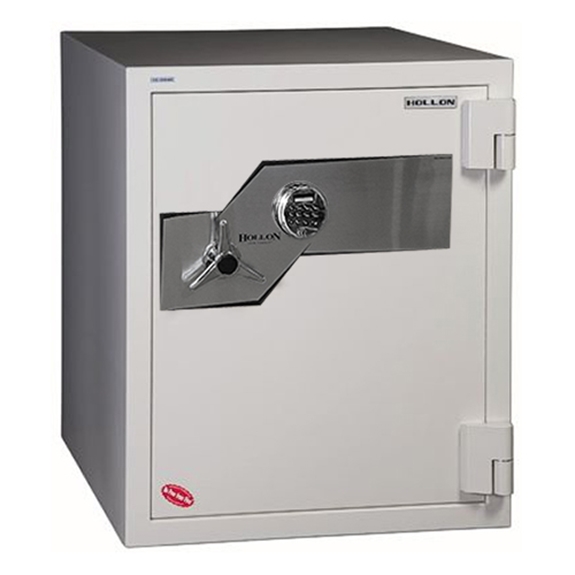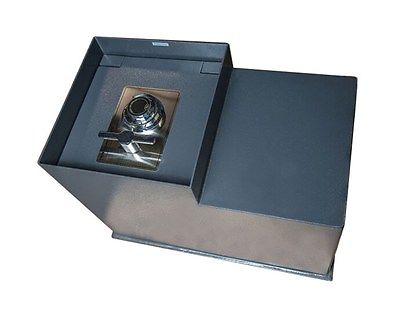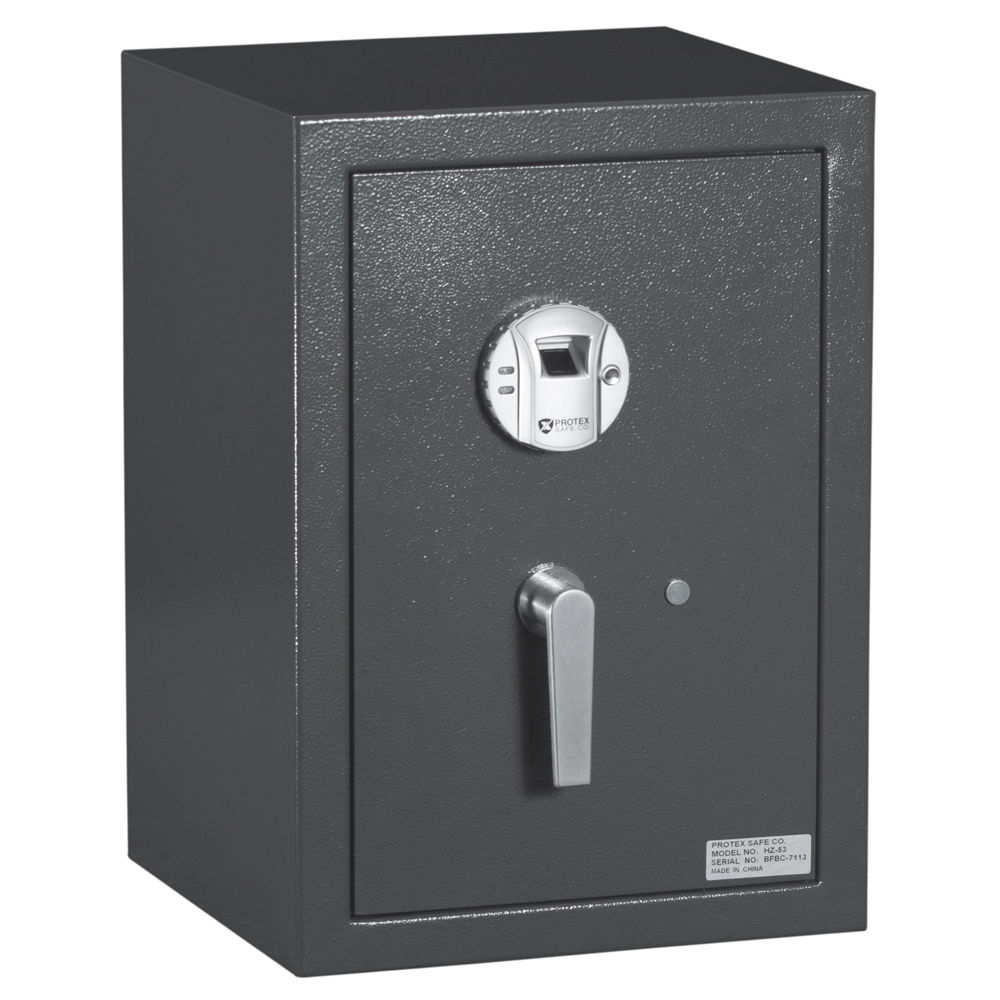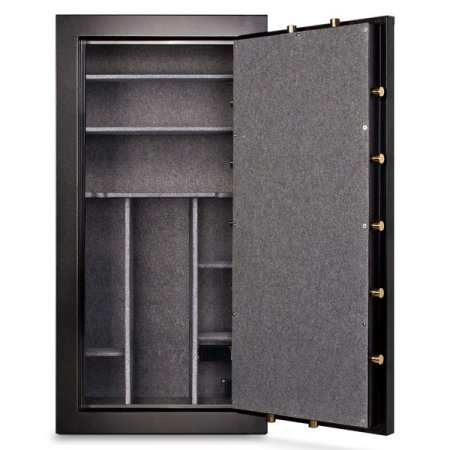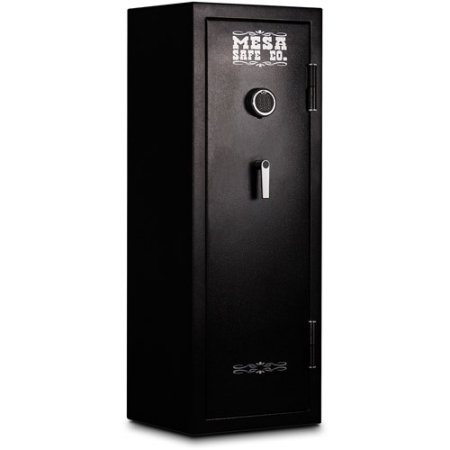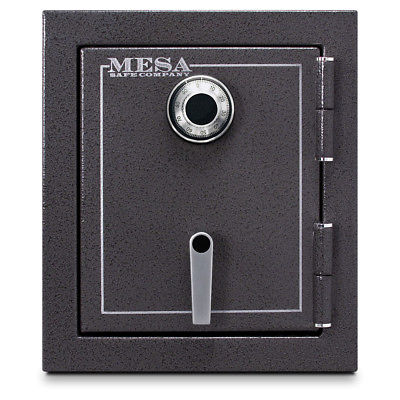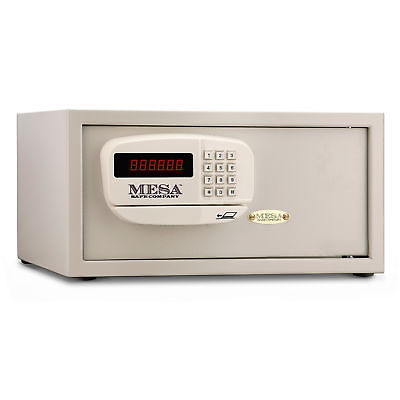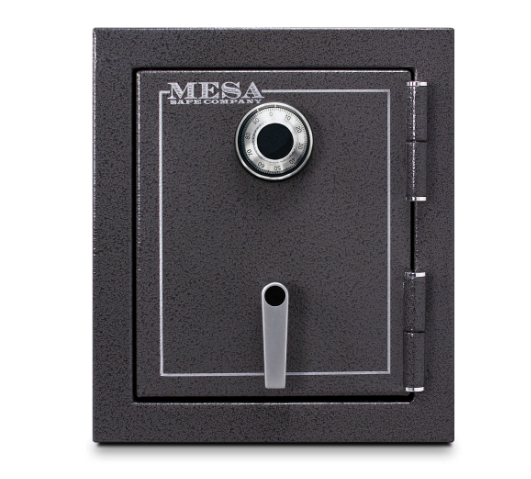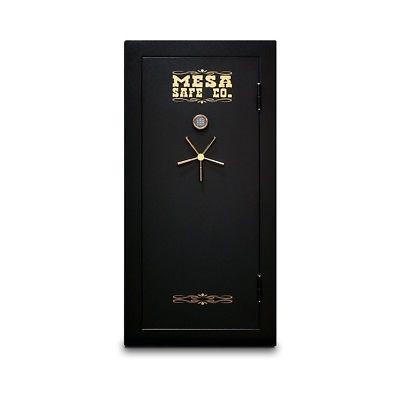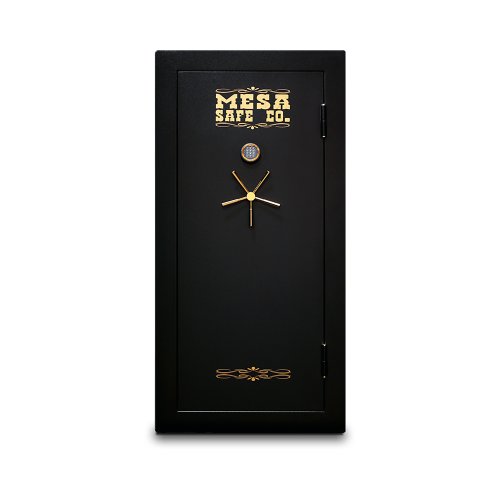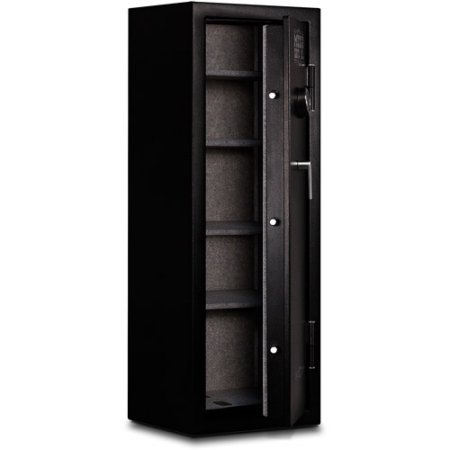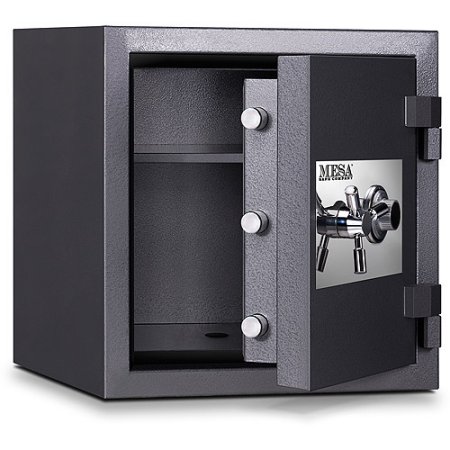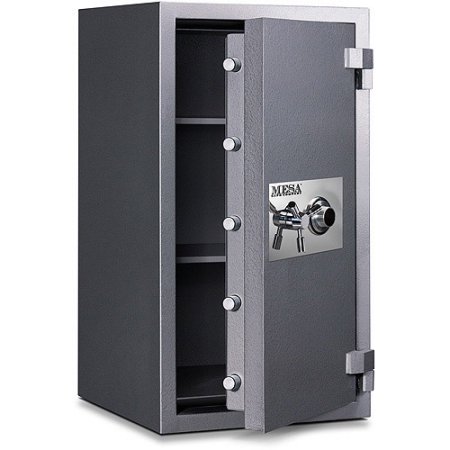Burglary safes are designed to save your money and important things from a qualified cracker and have an increased level of protection. Safes for hacking are usually used to store notarial and secret papers, jewelry, cash, works of art and other valuables. Wikipedia describes the definition of the word Safe: a safe is a strong metal box or cabinet, in which there is a lock used to store documents and valuables. Safes are also used to protect secret formulas, inventions and other types of confidential information. Most businesses, retail stores, and many private residences have safes.
Two main categories of safes:
Security safes are designed for protection against burglary
And fire safes are designed to protect against fire. Safes for hacking are designed to protect against forcible breaking and destruction. Burglars can use various tools to penetrate safes, including conventional hand tools, power tools, gas cutters, chemical, and explosives. Safes for hacking are designed in such a way as to withstand each of these types of attacks, but to protect against each type of threat, special materials and construction methods should be used. No safe is completely protected from hacking – any safe can be opened if the robber has the necessary tools, the right skills and enough time.
The purpose of the safe is to deter burglary, prevent theft by unskilled thieves and delay a qualified burglar
Safes for hacking are classified on the basis of standard tools to combat burglary. And it depends on the period in which the robber with these tools must enter the safe. The more types of protective equipment are safe, the more it safely protects. The longer the thief opens the safe, the better the protection. There are two methods for classifying safes: estimated estimates and performance ratings. Design estimates evaluate safes on how they are built, the type and thickness of the materials used.
General construction ratings include
- Safes with a rating of B;
- Safes with a rating of C;
- Safes with a B/C rating.
One of the drawbacks of this rating system is the lack of independent testing or verification of ratings
Manufacturers can simply approve a rating based on the method of creating a safe. Performance ratings assess secure storage facilities by written standards developed by an independent testing laboratory. The best testing laboratory in the US is Underwriters Laboratories. The written standard, which is called UL 687, contains strict requirements that must match the safes for displaying the UL rating. UL 687 provides ratings based on the types of hacking tools used, and the amount of time that a safe can withstand a thief’s attack. Official ratings are denoted by an alphanumeric code and are usually designated as TL-15, TRTL-30, TXTL-60.
UL 687 ratings have the following codes:
- TL – designed to counteract the attacks of conventional hand tools and power tools.
- TR – designed to counter-attack with torches.
- TX – explosion-proof and fire-resistant.
- 15 – Designed to counteract attacks for fifteen minutes.
- 30 – Designed to counter the attacks within thirty minutes.
- 60 – Designed to counter the attacks within sixty minutes.
- Marking and codes are combined to form a safety rating.
Below are some examples of common ratings for commercial safes:
- TL-15 tool-safe safe, security – fifteen-minute rating.
- TL-30 is resistant to tools; security is a thirty-minute rating.
- TRTL-15 is flame-resistant and safe; security is a fifteen-minute rating.
- TRTL-30 is resistant to torch and tools; security is a thirty-minute rating.
- TXTL-60 torch, explosive and tool-safe safe, security – a sixty-minute rating.
The basic assessment system is based on the ability to protect from hacking and opening a safe door safely
An additional rating is assigned to safes that protect the left and right, top and bottom, back and front sides of the safe. These safes receive the designation X6, which is added to the base rating. An example of a rating can be TL-15X6, which will be protected from a tool that protects for fifteen minutes on all six sides of the safe. Safes marked TL-30 and TL-60 are even more difficult to crack even professional robbers.
Operational tests are carried out throughout the secure enclosure: the device must withstand at least 5 minutes of attack using tools such as hammers, bits, adjustable wrenches, pins, punches, and screwdrivers. Parameters: hammers must not exceed 3 pounds, and none of the devices should exceed 18 inches in length. The test product must be securely installed in the right place, and the attack must be carried out by one operator. Before buying a safe, study the standards of production and product quality and make sure that the safe that you buy will adequately protect your property.
Safes for hacking – ergonomic, stylish and customizable, offer you much more protection against thefts than others in its class
With ergonomic functions that improve your comfort to elegant finishes and customizable settings, you can choose from a variety of premium safes that meet your specific security, design and capability needs. Rating safes with breaking – are essential steel structures, resistant to physical and chemical attacks and offering a comprehensive design. Safes for hacking – an ideal choice for businesses or individuals. Buy a safe from leading manufacturers: American Security Safe, Barska Safe, FireKing Safe, Hollon Safe, Homak Safe, Mesa Safe, Master Lock Safe.


